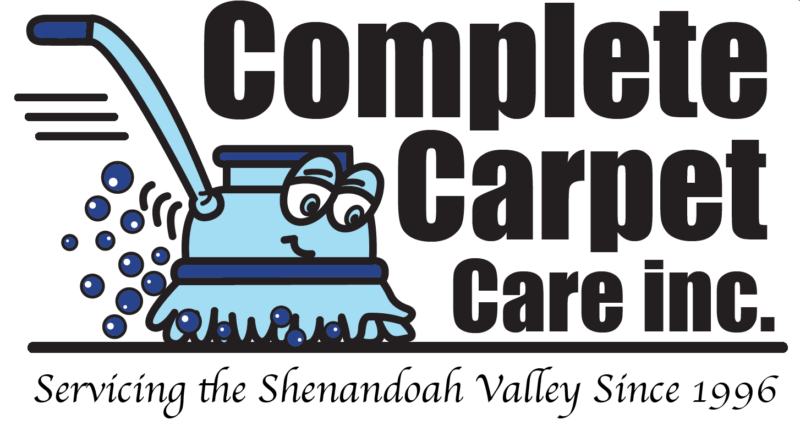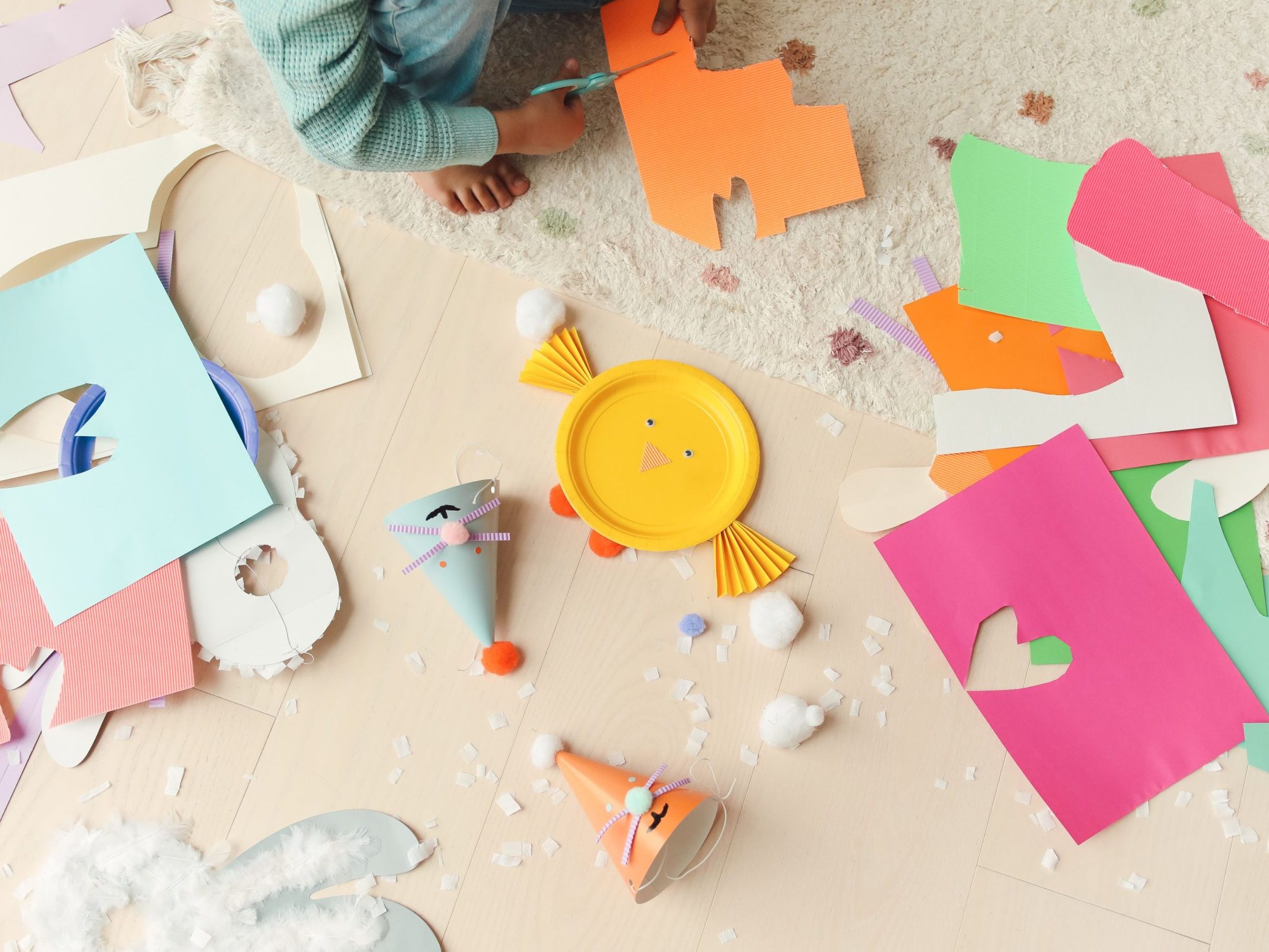As kids head back to school, stains and spills will inevitably become a regular occurrence in your home. From markers on the carpet to glue on the table, keeping your house looking clean and tidy can be challenging. That’s why we’ve compiled a list of the top stain-removing tips for school-related messes. These best practices will not only help you tackle common stains, but they will also debunk some myths about carpet cleaning. So, whether you’re dealing with snack spills or art project mishaps, keep reading to learn how to effectively remove these messes and keep a healthy, tidy environment for your kids!
Effective Techniques for Removing Marker Stains
Dealing with marker stains requires prompt and precise action to ensure they do not permanently mar your surfaces. The initial step is to gently dab the affected area with a paper towel to absorb as much of the ink as possible, avoiding rubbing which can spread the stain further. For fabric items, applying a mixture of dish soap and water can be remarkably effective. Gently work the solution into the stain using a soft brush or cloth, then rinse thoroughly with cold water. If the stain persists, applying rubbing alcohol to a clean cloth and blotting the stain can lift away the ink; however, it’s essential to test this on an inconspicuous area first to prevent any damage to the fabric’s color or texture.
For tougher stains on carpet or upholstery, a solution of white vinegar and water can be utilized. The acidity in the vinegar helps to break down the ink, making it easier to lift from the fibers. Apply the solution sparingly and blot gently, repeating as necessary until the stain fades. It’s crucial to avoid saturating the carpet, as excess moisture can lead to mold growth beneath the surface. After treating the stain, allow the area to air dry completely, and then vacuum to restore the texture of the fabric or carpet.
Tackling Glue Stains Without Damaging Surfaces
Removing glue stains, especially from delicate surfaces, requires careful attention to avoid damage. Here’s how to tackle different types of glue:
Water-Based Adhesives:
-
- Soak the stained area in warm, soapy water for several minutes to soften the glue.
- Gently scrape the glue off with a plastic scraper or credit card to avoid scratching the surface.
Dried Adhesives:
-
- Apply a small amount of oil (such as coconut or olive oil) to the stain.
- Let the oil sit for a few minutes to loosen the glue, then wipe away with a soft cloth.
Stronger, Permanent Adhesives:
-
- Mix vinegar and baking soda to create a paste.
- Apply the paste directly to the stain and let it sit for 15-20 minutes.
- Gently scrape away the softened glue and rinse the area thoroughly with clean water to remove any residue.
Quick Solutions for Snack Spills on Carpets and Upholstery
When facing snack spills, immediate action is crucial to prevent permanent stains. Begin by blotting the affected area with a clean, dry cloth to absorb as much spillage as possible. Avoid rubbing the spill, as this can embed the substance deeper into the fibers. Once you’ve blotted the majority of the spill, prepare a cleaning solution by mixing a small amount of mild detergent with water. Dip a soft brush or cloth into the mixture and gently apply to the stain in a blotting motion.
If the spill is stubborn, a solution of one part white vinegar to two parts water can be an effective alternative. After treating the stain, rinse the area by dabbing with a cloth moistened with clean water, then blot dry. For best results, tackle these spills promptly to keep your carpets and upholstery looking fresh and stain-free throughout the school year.
Specialized Tips for Removing Ink Stains from School Supplies
Ink stains from school supplies can seem daunting, but with the right approach, they can often be removed from various surfaces. For fabrics, start by dabbing the stain with a cotton swab soaked in rubbing alcohol. This helps dissolve the ink, making it easier to blot away. Be sure to work from the outside of the stain inward to avoid spreading it further.
If you’re dealing with ink on hard surfaces like desks or plastic folders, consider using baking soda and water paste. This method is gentle on surfaces while effectively lifting the stain. Apply the paste gently to the stain, let it sit for a few minutes, and then wipe clean with a damp cloth.
For tougher or larger ink stains on school bags or clothing:
- Apply a small amount of hand sanitizer to the stain.
- Gently rub the sanitizer into the fabric.
- Let it sit for a few minutes.
- Wash the garment according to its care instructions.
Remember, patience and gentle handling are key when tackling ink stains to prevent embedding the stain further or damaging the item. Always test any cleaning solution on a small, inconspicuous area first to ensure it won’t cause harm.
Cleaning Strategies for Mud and Dirt Brought Home from the Playground
When outdoor fun brings mud and dirt into your home, addressing stains promptly can prevent them from becoming permanent. Start by letting the mud dry completely. Dry mud is easier to remove as it crumbles away with minimal effort. Vacuum up the dried dirt, then create a cleaning solution with a teaspoon of dish soap in a cup of warm water. Gently dab the stains with a cloth or sponge, being careful not to oversaturate. For stubborn spots, use a soft-bristled brush. Rinse with a damp cloth, blot with a dry towel, and allow the area to air dry.
Removing Sticky Residue Left by Stickers and Tape
Dealing with the sticky aftermath of stickers and tape can be tricky, but with the right approach, you can effectively clean various surfaces.
For Wood, Glass, or Plastic:
- Create a paste by mixing equal parts baking soda and cooking oil.
- Gently apply the paste to the sticky residue.
- Let it sit for a few minutes.
- Wipe clean with a soft cloth.
This method is gentle on surfaces while effectively lifting the residue.
For Tougher Residues on Hard Surfaces:
- Use an adhesive remover or rubbing alcohol.
- Apply a small amount to a cloth.
- Gently rub the sticky area until the residue begins to lift.
For Fabrics:
- Place a piece of wax paper over the sticky residue.
- Run a warm iron over the wax paper.
- The sticky substance will transfer to the paper, lifting it from the fabric.
Additional Tips:
- For both hard and soft surfaces, gently scrape the residue with a plastic card. Be careful to avoid damage.
- Always perform a spot test on an inconspicuous area before applying any solution widely.
Keeping Your Cleaning Supplies Ready for Any Stain Emergency
Being prepared for stains is essential, especially with the messes that come with school activities. Stock up on essentials like dish soap, white vinegar, baking soda, and rubbing alcohol to handle most stains. For tougher spots like ink or glue, specialized cleaners can be invaluable. Keep these supplies organized and easily accessible to quickly address mishaps, reducing damage and keeping your home spotless. Remember, the faster you act, the better your chances of completely removing the stain. Equip yourself with these tools and you’ll be ready to face any cleaning challenge the school year may bring.
Need Professional Carpet Cleaning?
If these stain removing tips aren’t enough to tackle your carpet stains, it’s time to call in the professionals! Our team at Complete Carpet Care is here to save the day! Contact us today to set up an appointment and let us help keep your carpets clean!

